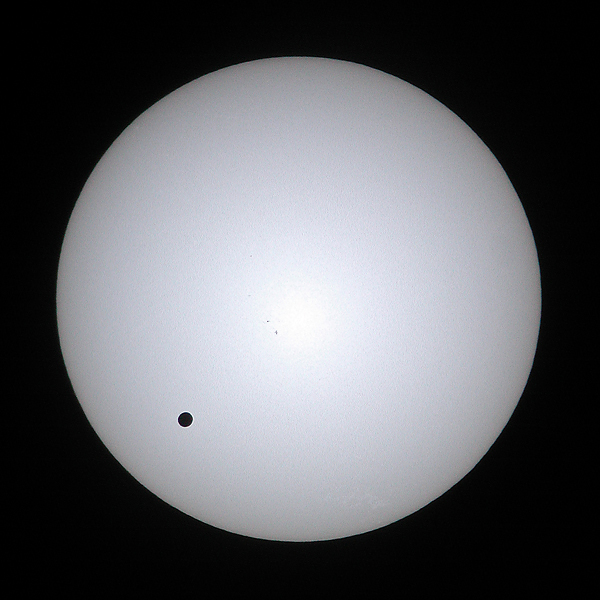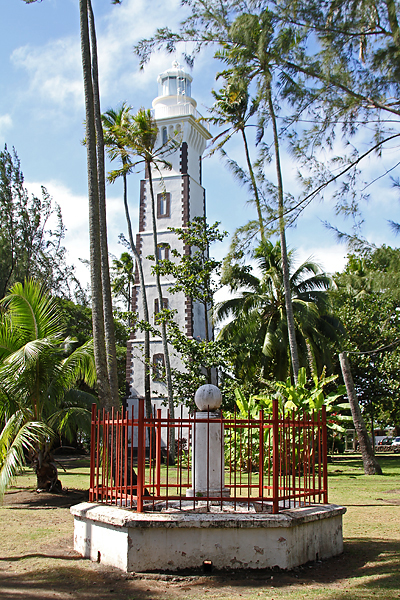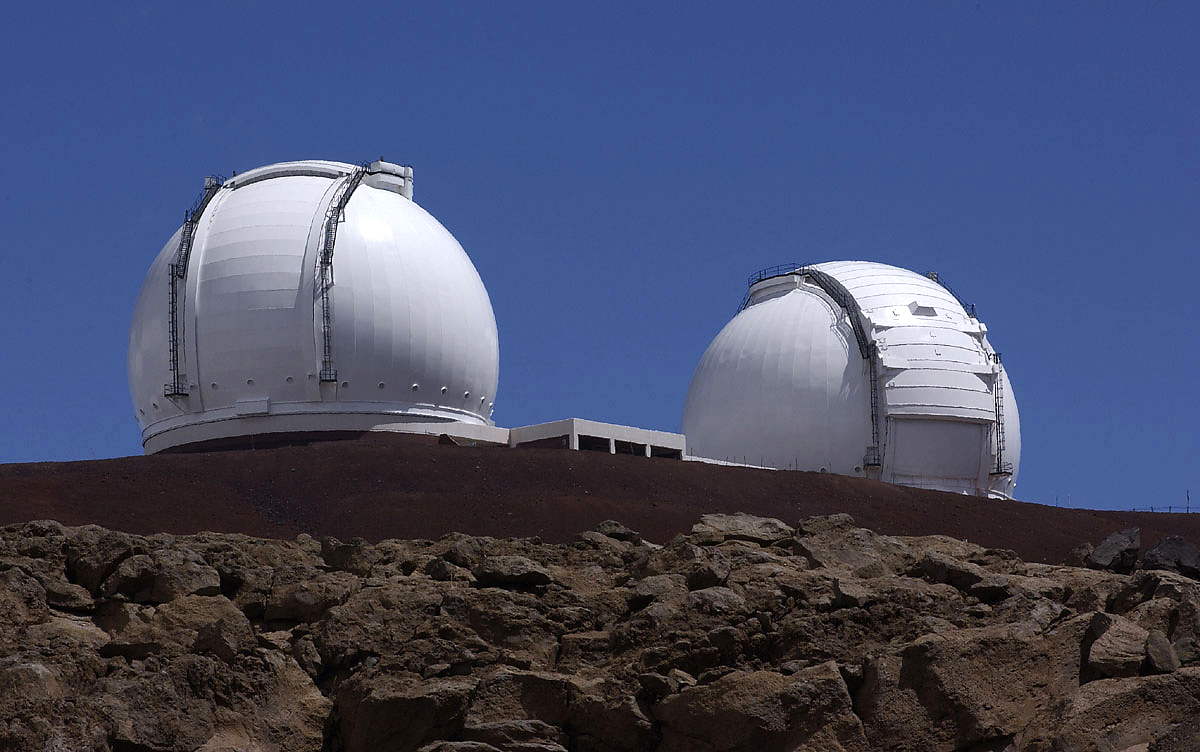Rare Venus Transit of Sun Occurs in June: Skywatching Travel Tips

Mark your calendars! On June 5-6, a rare celestial event called a transit of Venus will take place, and it won't be repeated in your lifetime.
During the transit, Venus will pass directly in front of the sun from Earth's perspective, appearing as a small, slowly moving black dot. The last time this happened was in June 2004, but the next one won’t take place until December 2117. This is the last chance for anyone alive today to see the rare celestial sight.
Unlike a total eclipse of the sun, which is visible only within a long narrow track traced by the moon’s shadow, during the 2012 transit of Venus the entire hemisphere of Earth facing the sun will get to see at least part of the planet’s solar crossing.
The entire transit will be widely visible from eastern Asia, eastern Australia, New Zealand and the western Pacific, as well as Alaska, northern Canada and almost all of Greenland. [Venus Transit of 2004: 51 Amazing Photos]
For much of North and Central America and northwestern South America, skywatchers will be able to see the start of the transit on the afternoon of June 5. But they'll miss its end, since the sun will have set before Venus exits the the solar disk.
For viewers in central and eastern Europe, western and central Asia, eastern Africa, India and western Australia, the transit will already be under way by the time the sun rises on the morning of June 6 (local time), so they’ll be able to watch the transit’s end from those locations.
WARNING: NEVER look at the sun directly with your naked eye or through cameras, binocularsor small telescopes without proper filters. Doing so can result in permanent eye damage or blindness.
Breaking space news, the latest updates on rocket launches, skywatching events and more!
Use a No. 14 welder’s glass filter, or purchase special solar filters from companies such as Thousand Oaks, Kendrick Astro Instruments or Orion Telescopes & Binoculars, and fit them securely over your equipment.
The safest and simplest technique is to observe the transit indirectly using the solar projection method. Use your telescope or one side of your binoculars to project a magnified image of the sun’s disk onto a shaded white piece of cardboard. The projected image on the cardboard will be safe to look at and photograph.
Be sure to cover the telescope’s finder scope and the unused half of the binoculars, and don’t let anyone look through them.
Best viewing locations
Serious skywatchers will want to see the entire transit from start to finish — that is, from the moment Venus’ disk first touches the northeastern edge of the sun to the time the planet completely leaves the west-northwest side of the solar disk, a journey that will take six hours and 40 minutes to complete. [Venus Transit Video: Between Earth and a Hot Place]
According to eclipse meteorologist Jay Anderson of the Royal Astronomical Society of Canada in Winnipeg, Manitoba, "one country stands out above all others for its good weather during the event: Australia, and only eastern and central Australia at that, as the transit starts just before sunrise in the west. Sydney is fine, but observers in Perth will miss the entry of the planet onto the solar disk."
Anderson said satellite studies suggest that the average cloud cover during the transit will be lowest in Australia's Northern Territory, which should enjoy more than 90 percent of the maximum possible amount of sunshine at that time.
In Southeast Asia and China, the monsoon season will be in its early stages, and cloudiness should therefore be endemic, he added.
"Over Africa, the Middle East and India, good weather prospects stretch from the Sahara across Egypt and Turkey into Iraq and Afghanistan," Anderson said. "For an absolute sure-fire guarantee of a view of at least a part of the transit, it’s hard to beat the statistics for Riyadh in Saudi Arabia — an average cloud amount of 3 percent."
Venus Point, Tahiti
Venus Point in Tahiti, French Polynesia, is also being touted as a prime transit-viewing destination owing to its special historical connection.This site on the island’s northernmost coast was where British captain James Cook observed the transit of Venus in June 1769.
After 243 years, the transit returns once again to Tahiti. On June 6, the planet’s entry, or ingress, into the solar disk can be viewed shortly after local noon. Unfortunately, its exit, or egress, will not be visible since the sun will set about an hour before the transit ends.
Anderson noted that French Polynesia is in its dry season in June and the weather should be cooperative.
"Sunshine averages 67 percent of the maximum at Papeete [Tahiti’s capital], among the better spots in the South Pacific," he said.
United States and Canada
In the United States and Canada, the entire transit can be seen only from Hawaii and Alaska, as well as the Yukon and parts of British Columbia, the Northwest Territories and Nunavut. For the rest of the United States and southern Canada, the sun will set while the transit is still in progress.
In Atlanta and Boston, for example, the transit won't even start until 6:04 p.m. local time; in San Francisco and Seattle, Venus begins crossing the solar disk at 3:06 p.m.
The Hawaiian Islands are a popular transit-viewing destination, with Honolulu on Oahu experiencing 74 percent of possible sunshine in June. From the summit of Mauna Kea on the Big Island, where some of the world’s largest telescopes are located, the transit’s ingress can be seen overhead in the sky, but by the transit’s egress, the sun will be very close to the horizon so low clouds or atmospheric turbulence could pose a challenge for viewers.
For residents of Anchorage, Alaska, the late-afternoon sun will appear much higher in the sky (14 degrees) at transit egress. However, the city enjoys only 46 percent of maximum possible sunshine during June.
Canadians will have to travel to the country’s northern regions to see the transit in full. Yellowknife, the capital city of Canada’s Northwest Territories located just 320 miles (515 kilometers) south of the Arctic Circle, "offers the most promising cloud and sunshine statistics of any northern site, Europe or North America, with sunshine hours averaging 64 percent of the maximum,"Anderson said.
In the lower 48 American states, the Pacific coast and the deserts of the Southwest offer excellent weather prospects in early June for viewing the partial transit.
Anderson said cloud statistics indicate that coastal California enjoys an average of 60 to 65 percent of the maximum possible sunshine for June, while Tucson, Ariz., and the surrounding areas experience 93 percent.
Elsewhere in the country, cloudiness tends to increase steadily as you go from west to east. June is prime thunderstorm season in parts of the United States, Anderson said, reaching a maximum over the Appalachians and along the Atlantic seaboard.
Nevertheless, if you have a car, Internet access to check the latest weather forecasts and satellite images, and a few days to spare,you should be able to find a suitable spot to see this last-in-a-lifetime transit of Venus.
Good luck, and clear skies!
Transitophiles Imelda Joson and Edwin Aguirre are veteran astrophotographers and led two tour groups to Italy to observe the 2004 Venus transit. You can see their 2004 Venus transit photos here. Follow SPACE.com for the latest in space science and exploration news on Twitter @Spacedotcom and on Facebook.
Imelda B. Joson is a veteran astrophotographer, as well as an eclipse chaser and world traveler. With her husband, Edwin Aguirre, she has organized, led and/or participated in 11 solar eclipse expeditions in North America, Asia and Africa. The pair also conceptualized and created National Astronomy Week, an event that celebrates and publicizes astronomy in the Philippines.


